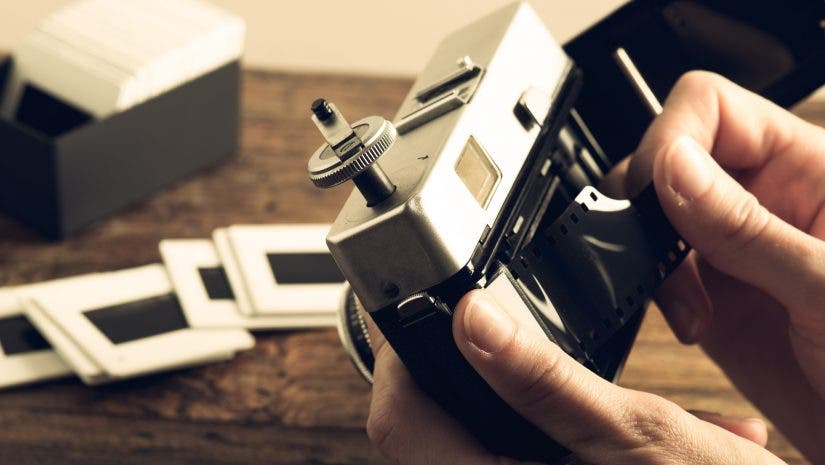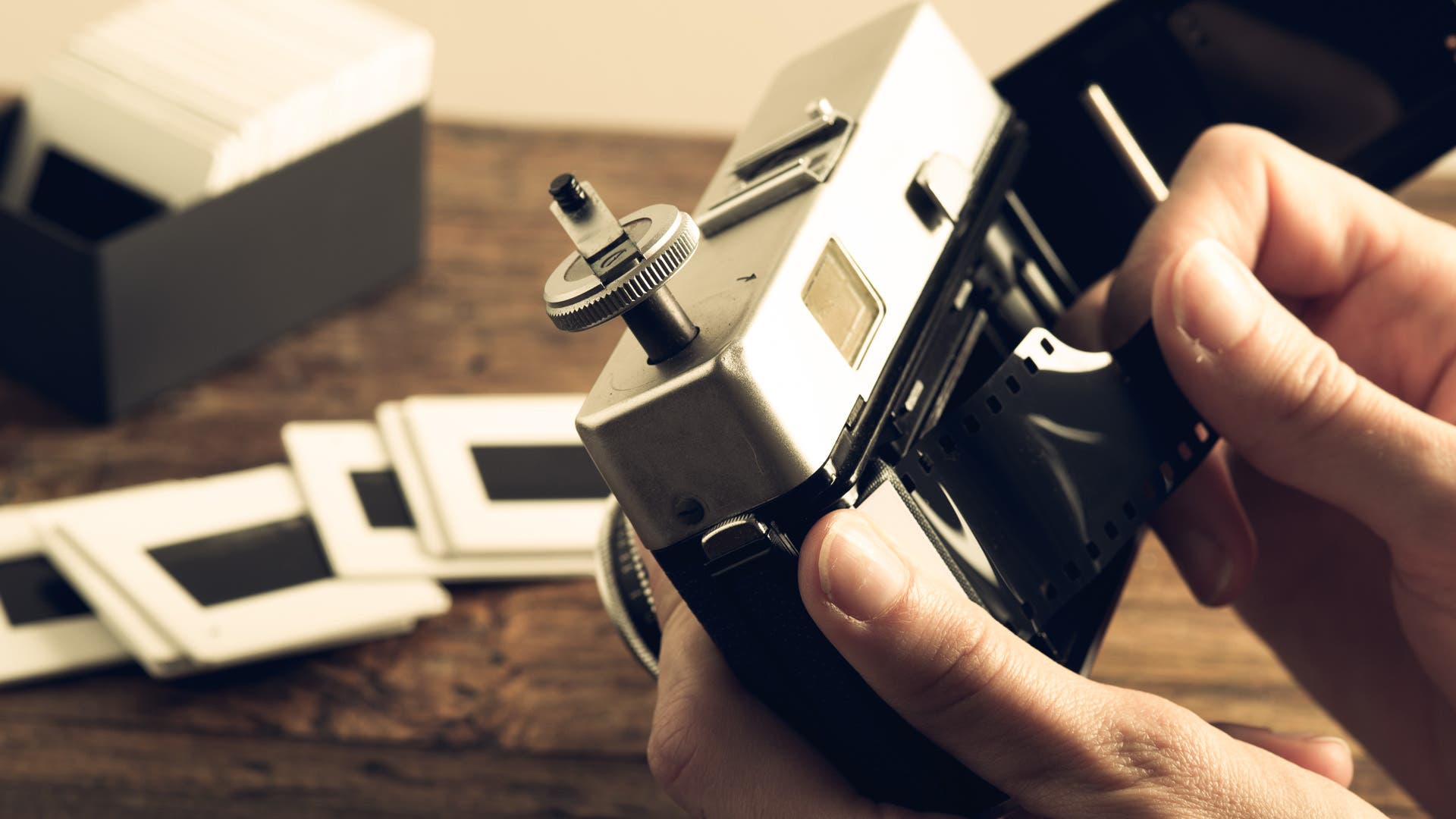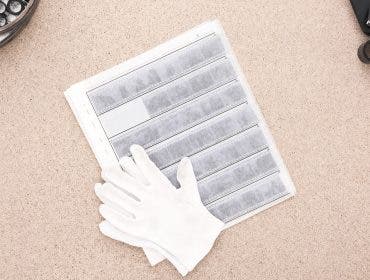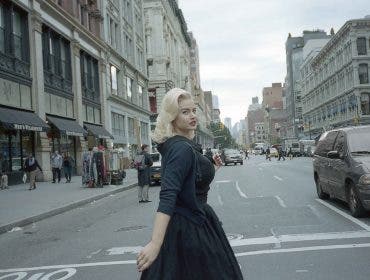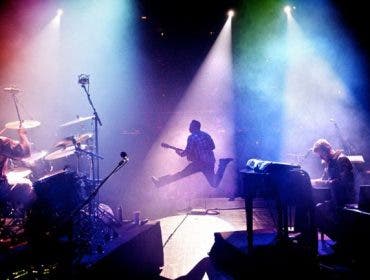To many young photographers, film photography can seem like a relic of a bygone generation, held onto by a small cluster of enthusiasts celebrating the past. This is a sad misconception, since despite all of digital photography’s modern marvels, film still holds the ability to capture rich colors, textures and unique beauty unachievable with our finest DSLRs.
Many of us young photographers, on the other hand, have always realized this mysterious power of film, but, with modern editing tools and instant gratification of digital photography, entering the complex world of film photography can seem like a much more daunting prospect.
Film doesn’t have to be less accessible, although it does require more patience. Continued production of high-quality film and the widespread accessibility of film cameras young and old can make it a much more affordable venture than digital. Coupled with the vast wealth of film knowledge accessible online, now is an ideal time to begin exploring film photography. With that in mind, here are some basics to think about when entering into the wide world of film.
An introduction to the film process
To sum up simply, photographic film is a plastic strip–the film strip–coated with a gelatin filled with tiny light-sensitive crystals. A film camera briefly exposes sections of this plastic film strip to light, which is imprinted into these crystals to form your exposure.
In practical terms, film presents a few considerations that will be new to digital photographers. For one, the ISO you’re shooting with is determined by the film you’re using, so the only way to change your ISO when shooting is to wait to finish the roll. Also, many film cameras don’t have automatic light metering, so film photographers must carry either a light meter, or, for those of us that are technologically dependent, one of the many light-metering smartphone apps. The shutter speed, aperture and focus have to be done manually (usually on the lens itself), so there’s almost always some setup involved before each shot.
Finally, digital photographers have the luxury of snapping dozens of pictures for every scene that catches their eye. Analog photographers have to be much more cautious, as every exposure is much more precious (and more costly). Many will argue that this scarcity of photos to take is actually a benefit to one’s photography since it forces the photographer to work with much more foresight, patience, and direction.
Both technically and practically, the specifics of the film you’ll use, the way the camera works with it, and the subsequent development process all depend on what sort of film you’re working with, however. In this article, we’ll stick to 35mm, medium-format, and large-format film.
35mm Film

For most photographers with no experience shooting with film, 35mm will be the way to go. For one, it’s a less costly endeavor than medium- or large-format film. More importantly, it requires much less prior knowledge. It’s also by far the most popular way to shoot film.
35mm film comes in rolls containing either 24 or 36 frames. They don’t require as much caution to work with as medium- or large-format, although you won’t get the same stunning resolution these larger formats are known for.
Medium-Format Film

In terms of resolution, medium-format film continues to exceed most of today’s finest digital cameras. The larger frames medium-format captures are also ideal for large prints, such as those commonly seen in photographic art galleries.
Medium-format is also popular because, while it is more expensive than 35mm, it’s handled in roughly the same way (see this video for how it’s handled and loaded). Although, it’s worth mentioning that medium-format film developers are much harder to come by, and medium-format film has to be handled with a bit more care since it has the potential to be ruined by brief exposure to light, or long-term exposure to heat.
Large-Format Film
Large-format film, despite its incredible resolution, has become something of a rarity, both because of the costs associated with it, the relative scarcity of the film and equipment, and the technical expertise that it demands.
Large-format film doesn’t come in rolls. It comes in a box of single film sheets, which have to be loaded into the camera two at a time. And even more so than medium-format, large-format film developers will be hard to come by. Still, for its incredible resolution and ability to create large, beautiful prints, the power of Large-format film is great when done properly.
General Film Considerations
As mentioned above, one thing you must consider is the ISO of the film you’ll be working with. The film roll ISO translates to the ISO settings on your DSLR, so 100 ISO film will be ideal for shooting outdoors in the sun while ISO 400 or 800 film will be better for indoor photography. Like digital photography, you’ll want to shoot with the lowest ISO you can get away with in order to minimize grain on the film. Luckily, film is a bit more forgiving than digital in terms of dynamic range, so shots that would be tragically over or underexposed on a DSLR might still turn out fine on film.
Choosing a Camera

As mentioned above, if you’re just starting out with film, 35mm may be an inexpensive, easy way to wade into the waters of film, but this is only the very first of an ocean of considerations when choosing a camera and what specific film to work with, as the wide availability of used cameras gives you plenty of options. The variety of films to choose from has grown more limited as film has become a more exclusive enterprise, but here you’ll still find a lot of options.
For a great selection of the latest in film cameras and how to choose one, check out this Adorama Learning Center article.
Developing film
Along with purchasing film, developing the film will likely be your biggest ongoing cost when shooting film. Wonderful analog cameras can be found for cheap, but if you’re not careful, film and development costs can outweigh any savings to be had there. Luckily, you have a few options at your disposal.
Like ISO, whether you shoot in color or black and white will be determined by the film you use. If you decide to shoot in black and white, developing your film yourself is very doable, although it does require patience. It’s also a great way to significantly reduce the costs involved in film photography. Here’s a good Instructable to introduce you to the general techniques involved.
If you decide to have your film developed elsewhere, there are a few places you can go.
Chances are there’s a Costco or Walgreens nearby you; both of which develop film for fairly low costs, although the quality between the different locations will vary depending on the skill of the technicians working there. TheDarkRoom.com also develops 35mm and medium-format film for about $16 a roll, once you factor in shipping.
Final Considerations
There’s a lot to learn and consider when entering the world of film, but the most attractive part is the opportunity to explore countless new ways to photograph the world. Buying an SLR camera and a few rolls of film can be done for under $100, so delving into film photography can be done without the big upfront investment that digital photography demands. Because of this, you can explore different cameras, formats, films, and production techniques that you would never be exposed to with a DSLR and photoshop.
Finally, film can teach you patience in your photography techniques, as it removes the instant gratification that our digital world enables. Film photography is full of opportunities to make mistakes, but its physical process promises a much more tangible connection with the photos you take than any other method (the cliche “It’s about the journey, not the destination” comes to mind here.”)
Hopefully with this post, you can take away a more foundational understanding of the film process, along with why many of us treat the medium with so much reverence.
